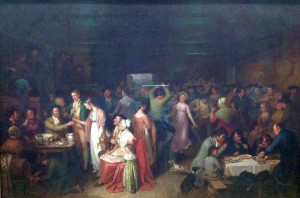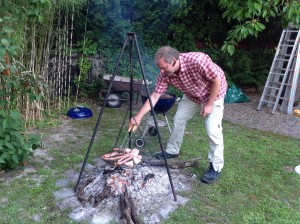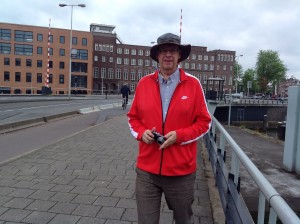Two weekends ago, I gave a session at the Write on the Sound Conference in Edmonds called “For the Record,” about ways to write about and publish your family history. A popular approach is to design a “family history album” online. Many sites will assist with genealogy “scrapbooks” or family history albums. A few links to vendors are found on Cyndis list here.
Additional options for creating an album: Snapfish, Shutterfly, and my friend David Williams’s favorite Magcloud. These companies provide design templates and instructions for uploading text, photos and graphics to create your personal album. At Magcloud, you can give relatives and friends the option of downloading the digital book for free, and/or buying a hard copy edition for a pretty fair price.
Regarding graphics, the choices for visuals become slimmer before the invention of photography, first accessible to middle-class families in the mid-1800s. These days we’re so reliant on photography we tend to forget a very helpful alternative. Paintings. Before the camera, painters were the portrayers of everyday life. I’ve found that many art museums allow non-flash photos, so whenever I’m doing research I bring along my camera.

“Return from the Church Fair” circa 1859-1860 by Ferdinand Georg Waldmüller Old National Gallery in Berlin
If you do include a photo of a painting in your album, it’s helpful to include a caption noting the title, the artist and year, and the museum where you snapped the picture. How do you get all that detail down? Photograph the painting first, then follow that up with a photo of the label next to it for later reference.
Honestly, I didn’t think of this resource myself — my writing friend Michele Genthon pointed it out. Thanks, Michele. In this post, I’ve included just a few of the many paintings by artists who have brilliantly captured life in former times.

































